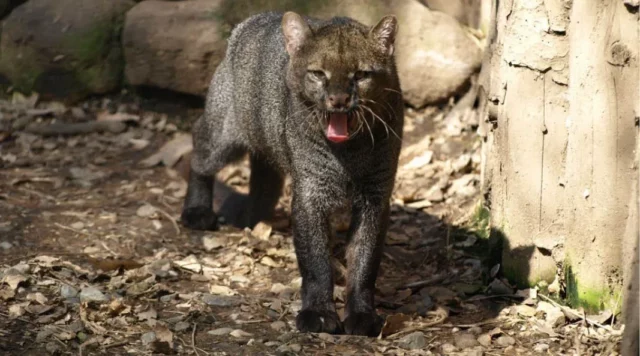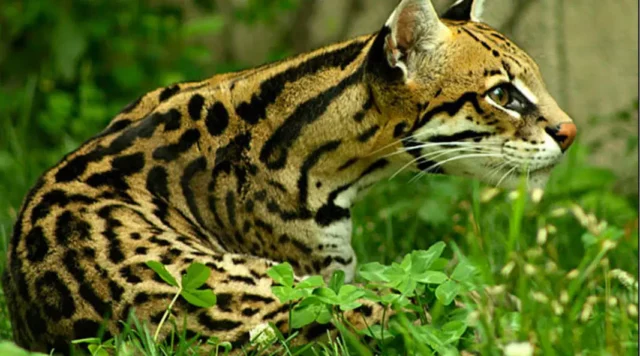Our country is recognized throughout the world for its extensive biodiversity. In relation to this we can raise the alarm that six species of native felines are threatened with extinction. Among these we can mention the puma, the caucel, the jaguar, the ocelot, the jaguarillo or breñero lion and the tigrillo.

In recent times, these aforementioned species have seen their numbers reduced by practices such as illegal housing and also industrial farming that has undoubtedly robbed these species of their way of developing and living.
Another of the great threats that these species must face occurs because they roam through various nearby roads and are run over when they trying to cross those with high vehicular traffic.

It is important to highlight that there are many environmental authorities that seek to carry out awareness campaigns so that the population can understand the importance of these species for the development of the nation’s ecosystem.
Protective measures
Recently, among the most notable protective measures, we can mention an insurance was created for ranchers that covers if a feline kills a farm animal, it can compensate the full cost of the animal and thus let the rancher know that it should not end with the life of the feline.
Let’s educate the Tico public on how to preserve the lives of felines
It is important to be informed and know how we can collaborate with our effort to preserve the life of an animal that is going through a danger of its species disappearing from the face of the earth forever:
• Avoid deforestation
This is the natural habitat of countless species, the cutting down of trees is wreaking havoc on species of all kinds, specially the feline population.
• Delimit protected areas and natural reserves
Knowing which areas have authorized them so that you can exploit their resources and which have not.
• Avoid pollution
Nature is an exhaustible source of resources and these are the most important elements that make up the planet. That is why the protection of environments becomes essential to create a more sustainable habitat.
Finally, it is important to emphasize that we must rethink our habits and without a doubt move towards more sustainable ones that allow us to have a more equitable future for all. Remember the change is in yourself, act now.


Suggestion: Build some animal bridges to help the animals cross the highways. Based on available evidence in the U.S., animals learn to use these bridges. The bridge are designed to appeal to animals and humans do not use them, other than to maintain them. Published results, including pictures are impressive. This could be a good educational activity/study for a university.
Very good recommendation. I´ve read the authorities in charge of animal welfare are planning (or already have) implemented something similar in some roads near national parks.